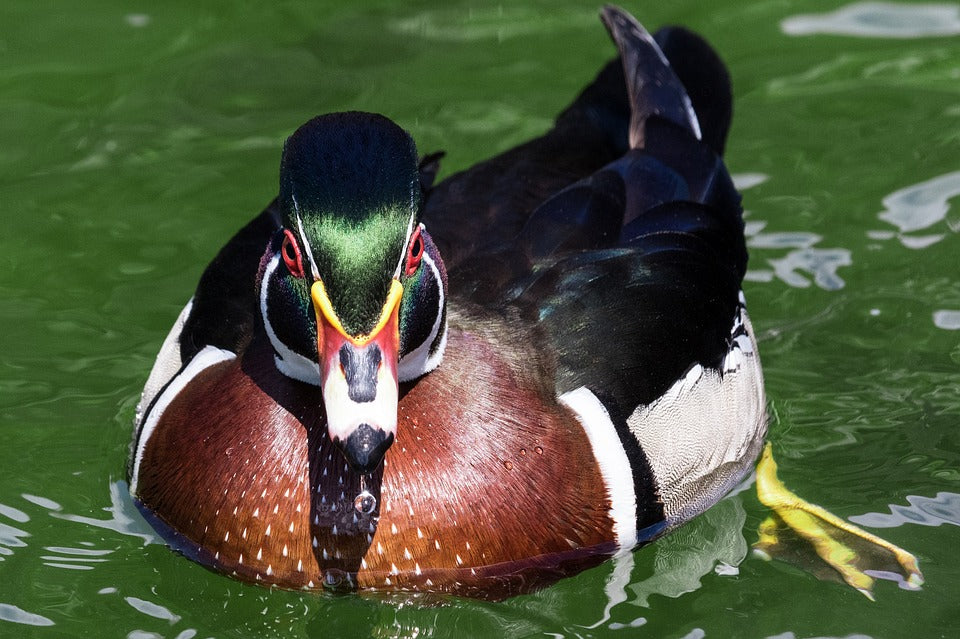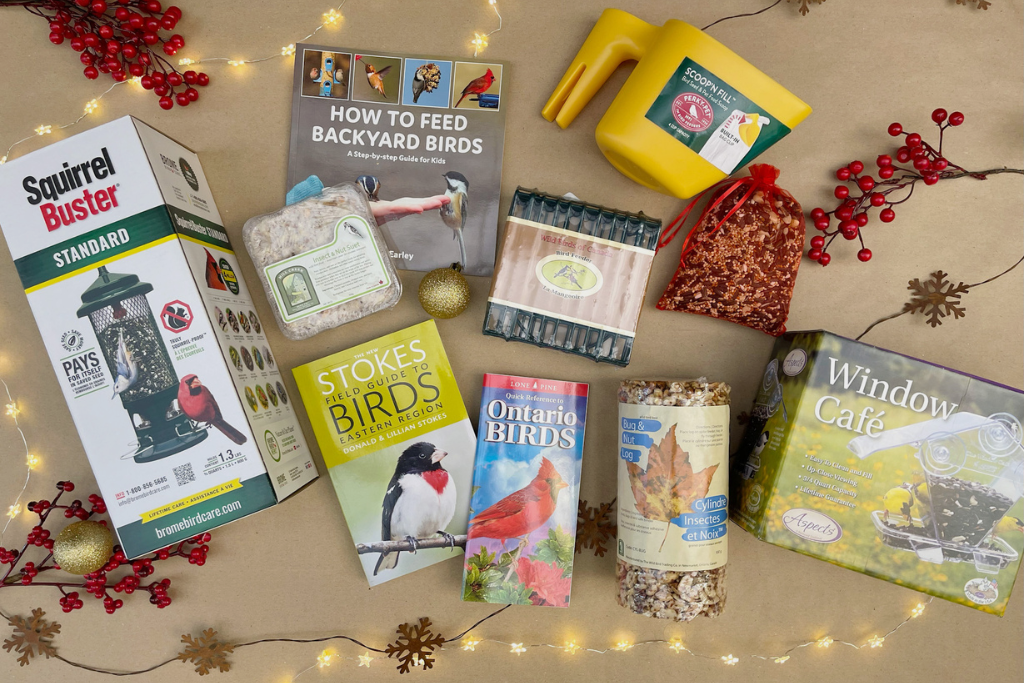Offer
Provide additional details about the offer you're running.
Provide additional details about the offer you're running.
Provide additional details about the offer you're running.

The colourful wood duck is a beautiful sight to see, especially considering not too long ago these ducks were on the brink of extinction to due lack of habitat and over-hunting. The Migratory Bird Treaty Act is one of the driving factors behind the resurgence of this species of duck along with the increase of artificial nesting sites like wood duck boxes by avid naturalists and bird enthusiasts across North America.
Today you can easily spot numerous wood duck boxes placed throughout wetlands and swampy areas, which are all a contributing factor to the unbelievable comeback of these birds.
It is no surprise to find a variety of duck species in wetlands and swampy areas and a little scouting out in the field should give you a few sightings of wood ducks or other species indicating that you are in the right area. You will want to find a relatively shallow wetland to set up your duck box, allowing for both easy access and exit for ducklings and easy and accessible food for the wood ducks.
When choosing a tree or post, you will want to select a solid tree or man-made post and ensure you install a predator guard, like a baffle, below the box to protect the inhabitants.
Once placed in an ideal location, these boxes will have to be maintained over time, typically once a year, in the spring when left out during the winter months. Most wood duck boxes on the market today feature a hinged top door opening for easy access to the inside of the box for cleaning.
You will want to remove any and all old nesting material left in the box and bring a clean cloth to quickly wipe out the box to ensure it is clean and ready for the coming nesting season. Be sure to remember to bring nesting material along on your cleaning excursion. Wood ducks cannot carry nesting material to the nesting boxes, so it is imperative that you leave the box with adequate material for them to use over the coming nesting season.
When leaving the nesting box site, check the area surrounding and above the box to ensure no over-hanging branches, as that is an easy access point for predators like snakes.
High Quality Blend

